



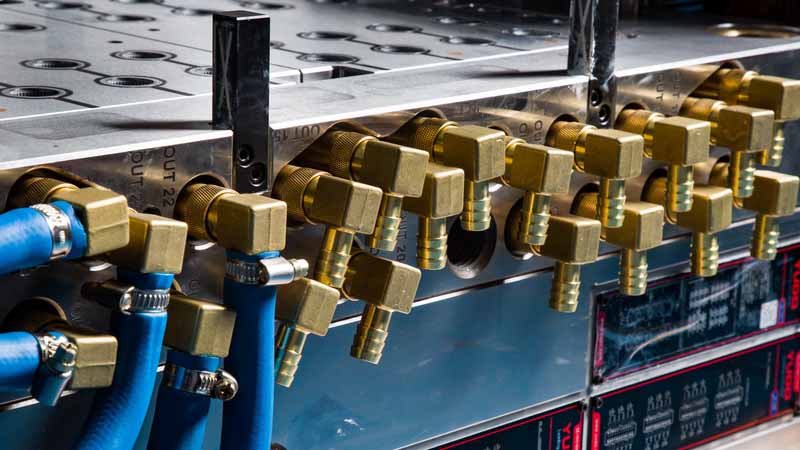
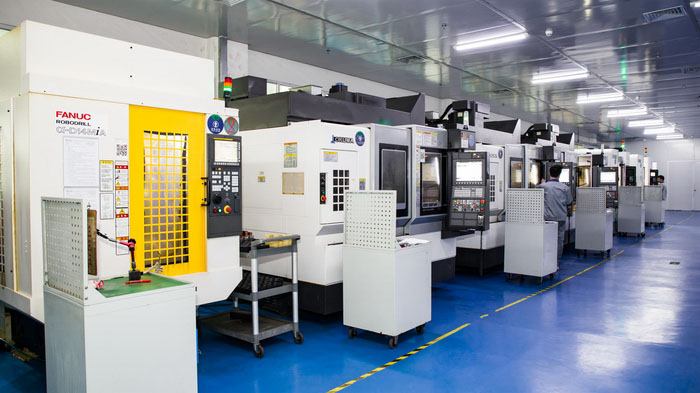
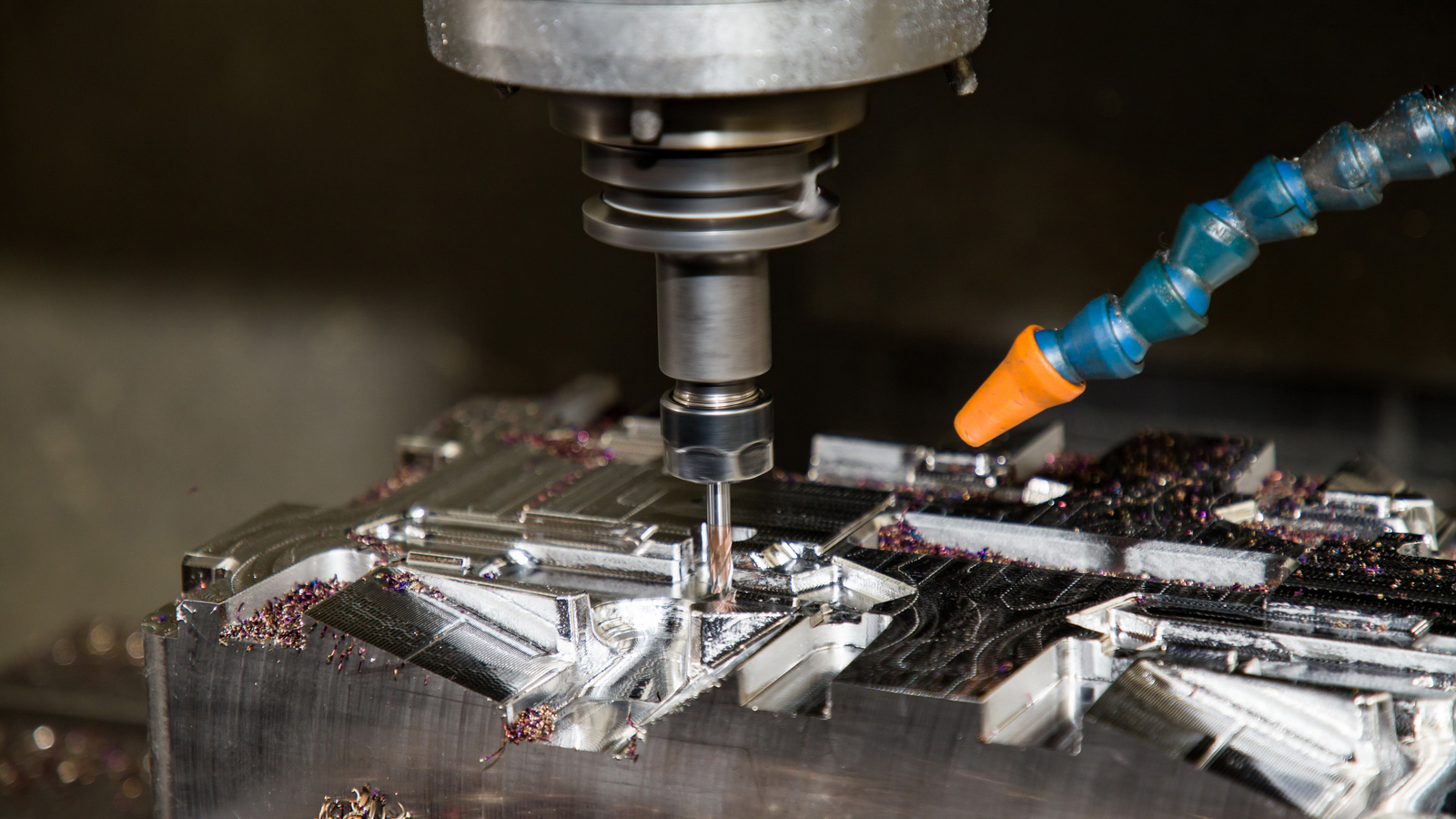

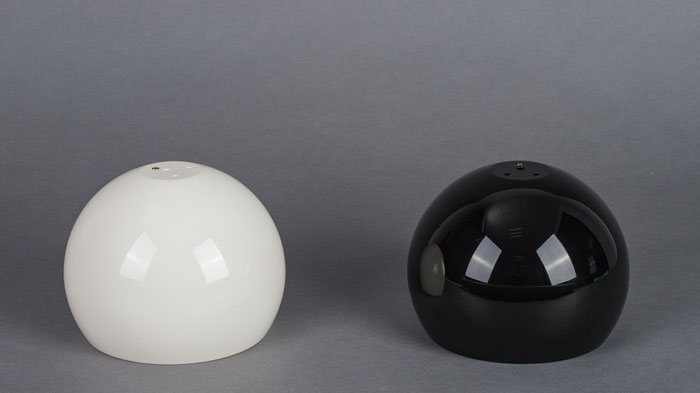
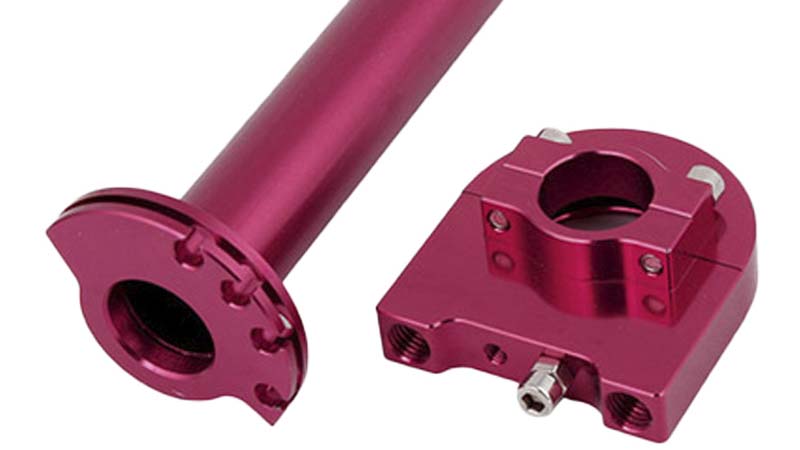
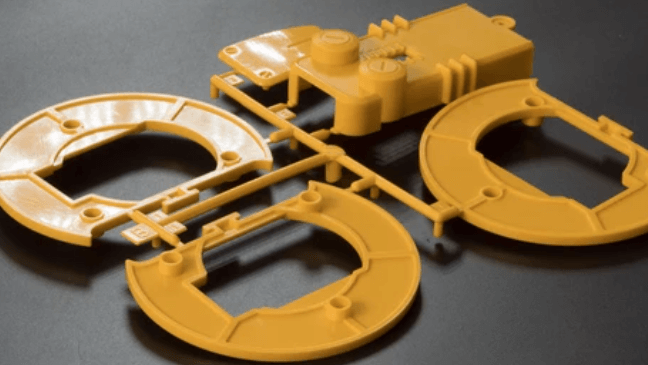
Rapid Tooling (RT): A Detailed Overview
1. Executive Summary
Rapid Tooling (RT) is a broad term for a set of techniques
that use additive manufacturing (3D printing) or other rapid processes to
create molds, patterns, or dies—collectively known as "tooling"—much
faster and at a lower cost than conventional methods. The primary goal of RT is
to produce functional prototypes or low to medium volumes of production parts using the same manufacturing processes intended for mass production (like
injection molding, casting, or stamping), but without the time and expense of
machining solid metal tooling.
It serves as the
critical bridge between Rapid Prototyping (one-off models) and full-scale production.
2. Core Concept & Philosophy
Traditional
tooling (e.g., steel molds for injection molding) is machined from solid blocks
of metal, which is a slow, subtractive process that can take weeks or months
and cost tens of thousands of dollars.
The RT philosophy is to sacrifice the long production life of a
hard tool in exchange for significant savings in time and cost for the initial
phases of product development, validation, and market testing.
3. Classification of Rapid Tooling
Rapid Tooling is
generally divided into two main categories based on the tool's material and
lifespan:
1. Indirect Rapid Tooling
2. Direct Rapid Tooling
4. Key Rapid Tooling Technologies
|
Technology |
Type |
Description |
Typical Applications & Materials |
|
Vacuum Casting |
Indirect |
A 3D printed master is used to create a silicone
mold. Under vacuum, polyurethane resin is poured in to create copies. |
10-25 parts. Ideal for
prototypes that look and feel like injection-molded parts (ABS-like, PP-like,
transparent resins). |
|
3D Printed Sand Molds |
Direct |
A binder-jetting process creates foundry
sand molds layer by layer. The molds are then used in traditional metal
casting. |
Complex metal parts. Casting of
engine blocks, pump housings, and architectural components in aluminum, iron,
and bronze. |
|
RTV Silicone Molding |
Indirect |
Similar to Vacuum Casting but often used
for larger parts or different resins. Room Temperature Vulcanizing (RTV)
silicone is used. |
Low-volume rubber parts, architectural
panels. Polyurethane, epoxy, and actual rubber materials. |
|
Direct Metal 3D Printing (DMLS/SLM) |
Direct |
A laser melts metal powder to build mold
inserts layer by layer. The key advantage is conformal cooling channels. |
Injection mold inserts. Production of
100s to 1,000s of parts. Ideal for high-performance metals (stainless steel,
tool steel). |
|
Spray Metal Tooling |
Indirect |
A thermal spray process deposits a thin
shell of metal (e.g., zinc or aluminum) onto a 3D printed master. The shell
is then backed with a ceramic or epoxy for support. |
Short-run injection molds. Can produce
hundreds of plastic parts. Faster and cheaper than a full steel mold. |
|
Epoxy Composite Tooling |
Indirect / Direct |
A 3D printed pattern is used to create a
mold from an epoxy resin that is filled with materials like aluminum powder
for strength and thermal conductivity. |
Low-volume injection molds, composite layup
tools. Can be used directly in a press to produce a limited run of parts. |
|
Laminated Object Manufacturing (LOM) of
Dies |
Direct |
Sheets of paper or metal are cut and
laminated together to form a rough tool shape. Historically used for sand
casting patterns and low-force stamping dies. |
Patterns for sand casting, paperboard dies
for sheet metal prototyping. |
5. The Killer Feature: Conformal Cooling
This is a major advantage of Direct Metal Rapid Tooling (like DMLS).
6. Advantages of Rapid Tooling
7. Limitations of Rapid Tooling
Conclusion
Rapid Tooling is a cornerstone
of modern agile manufacturing. It enables companies to accelerate
product development, validate designs with functional parts made from
production-like processes, and bring products to market faster. By choosing the
appropriate RT method, engineers can effectively bridge the gap between a
digital design and a physical product while managing cost and risk